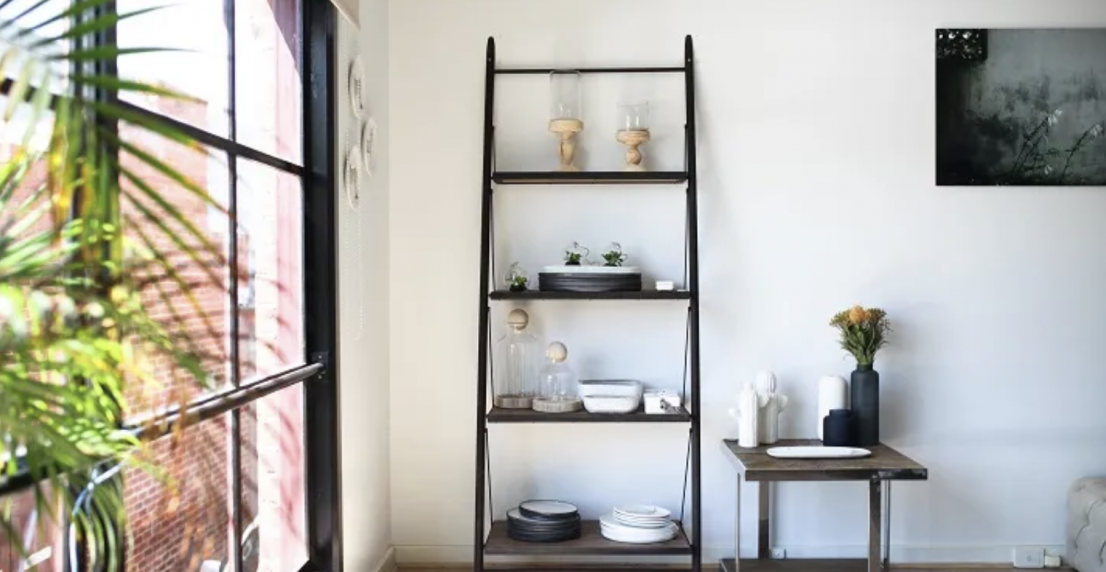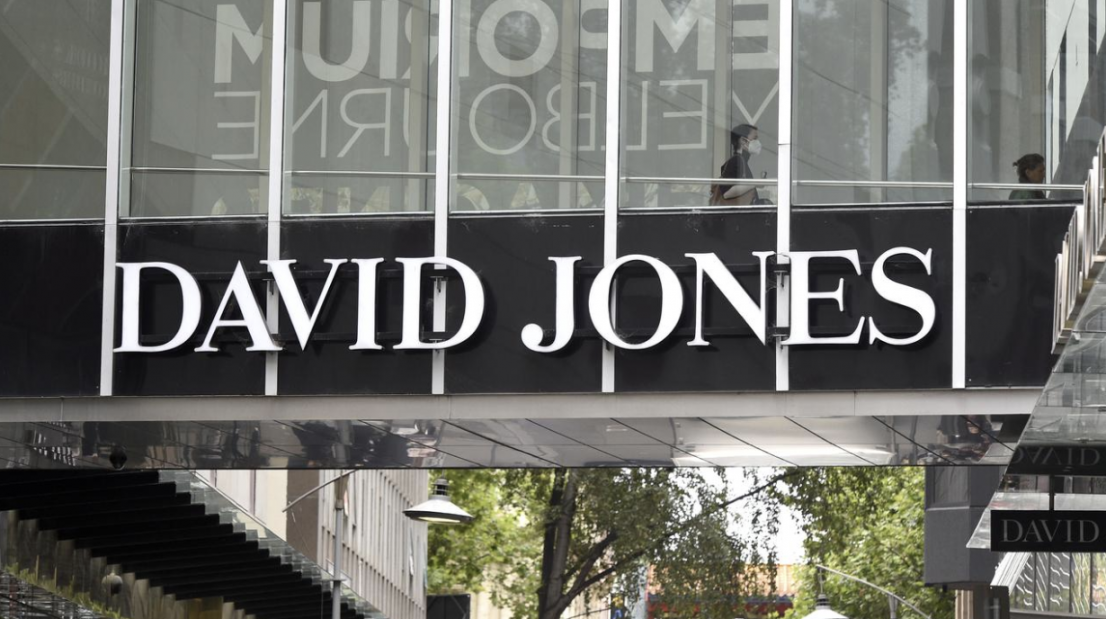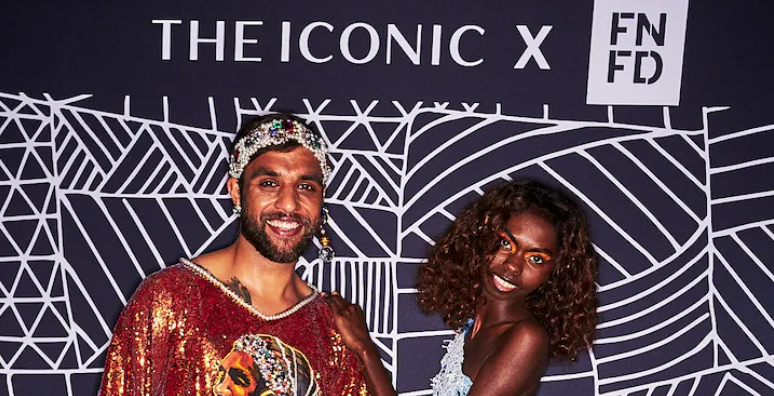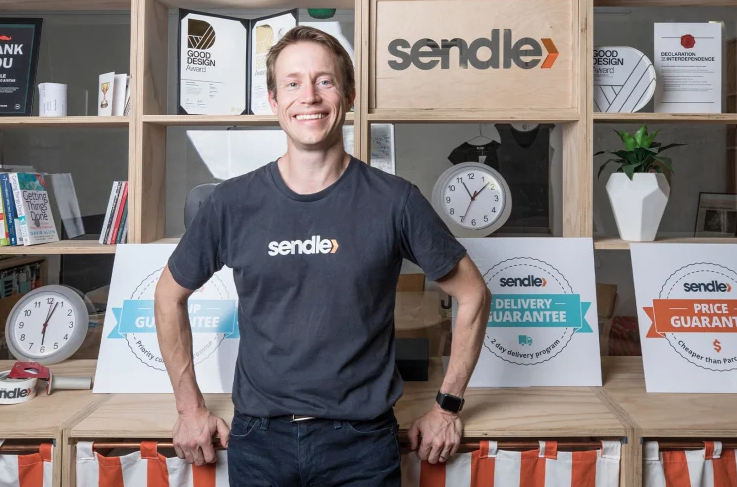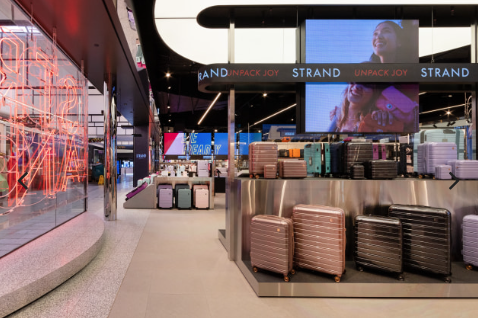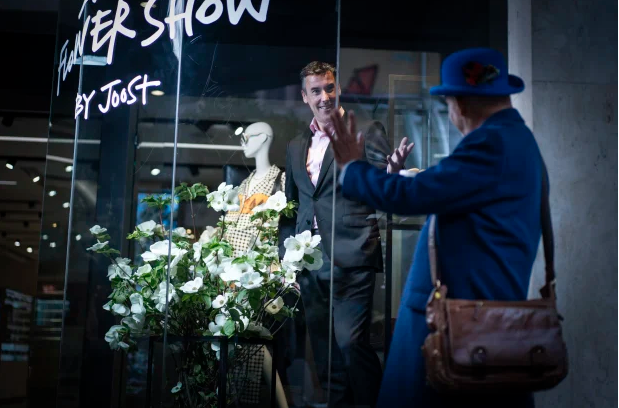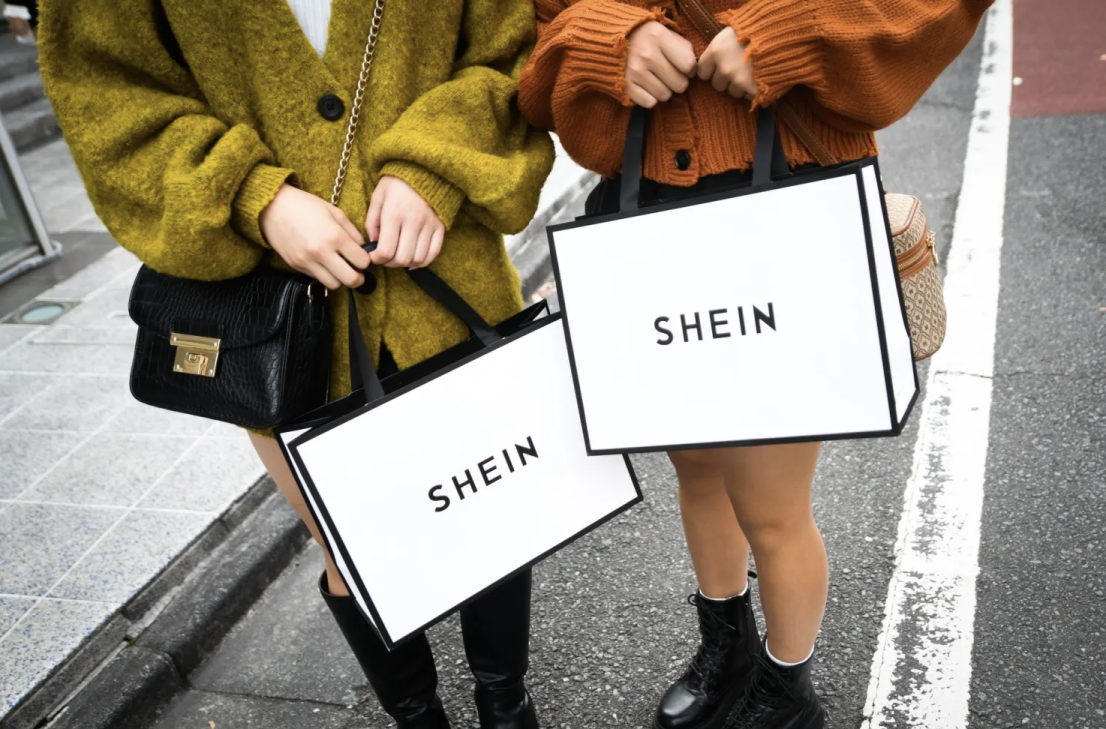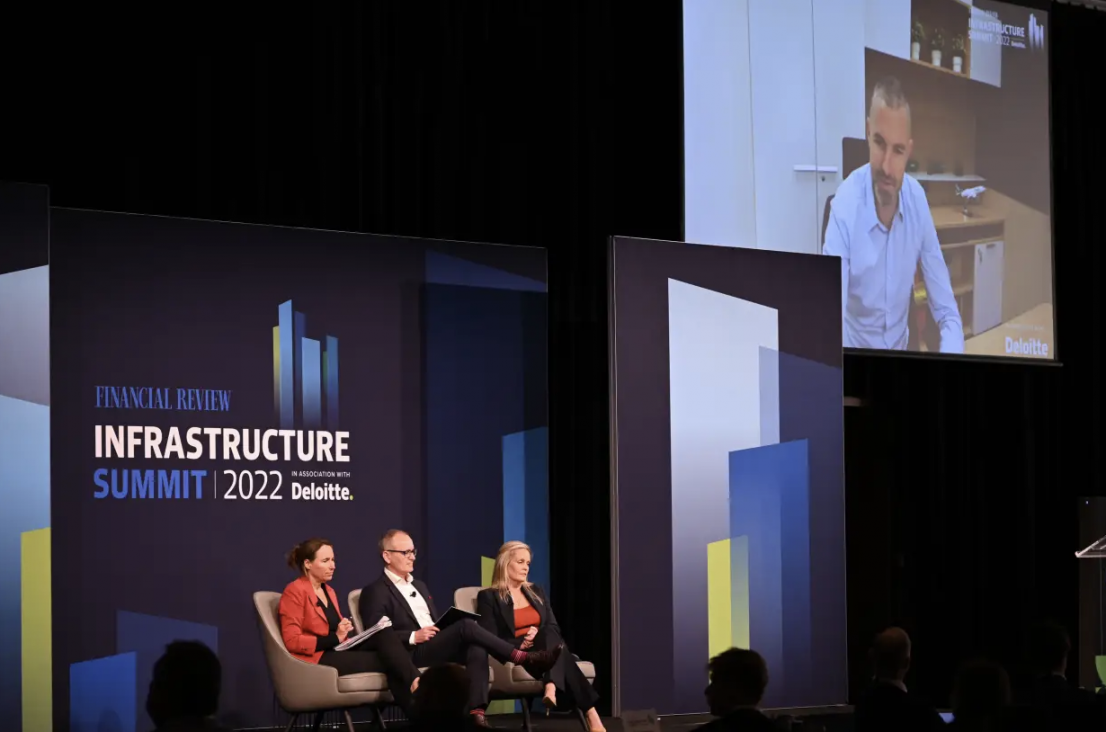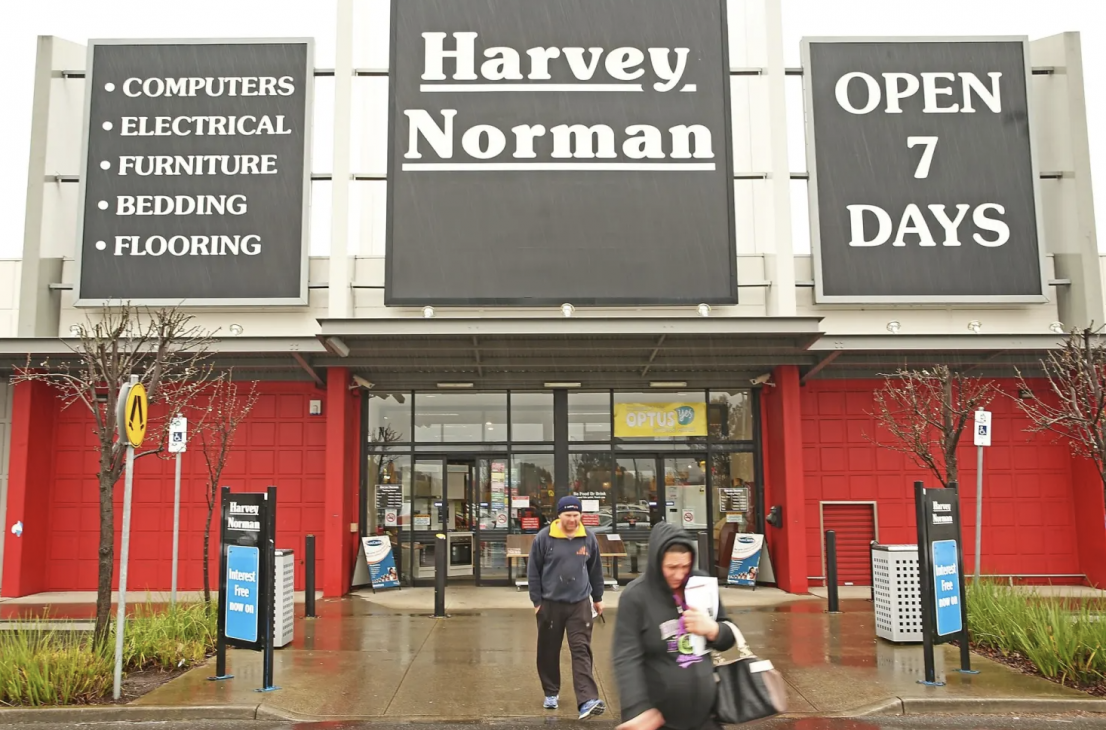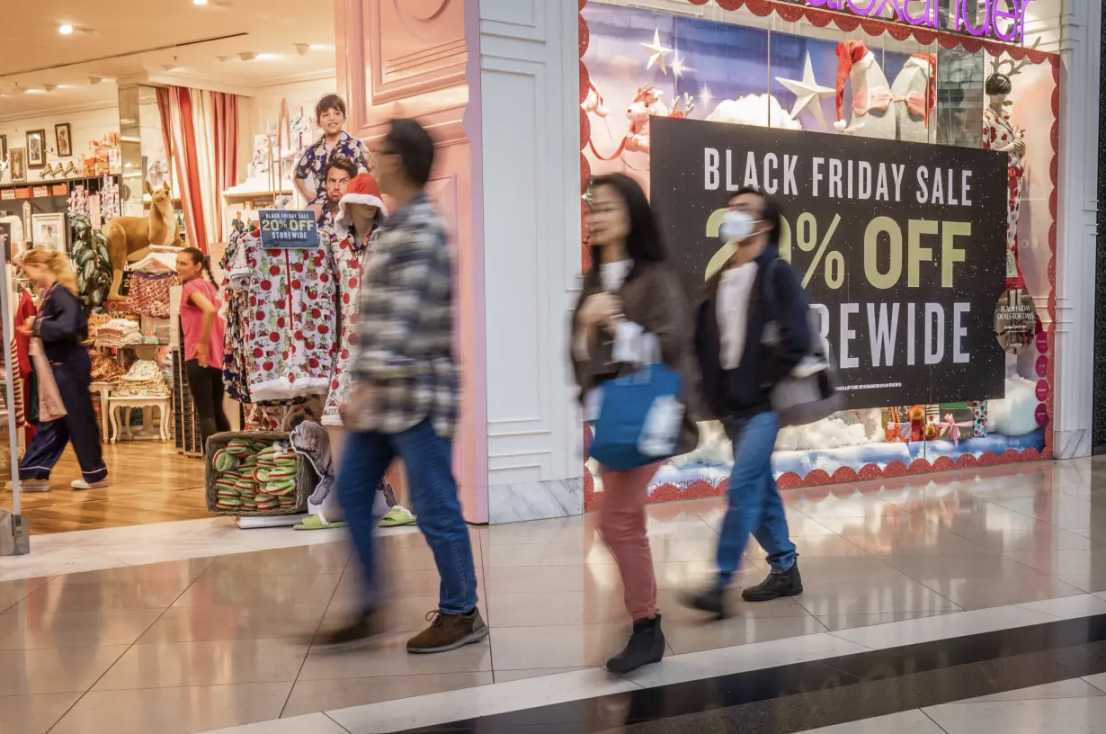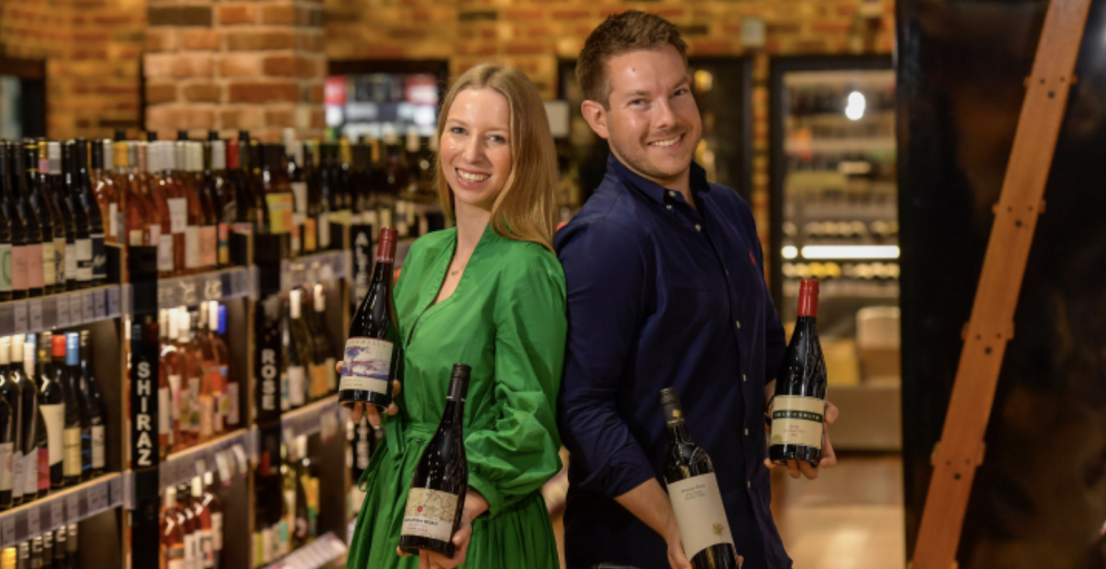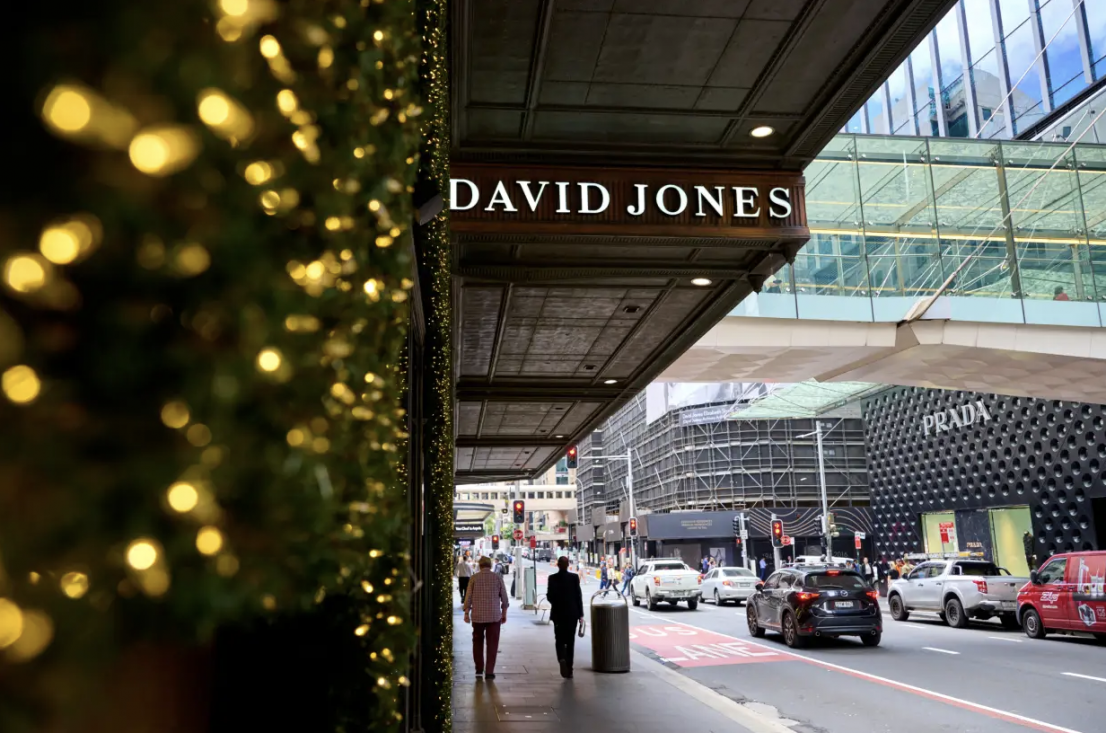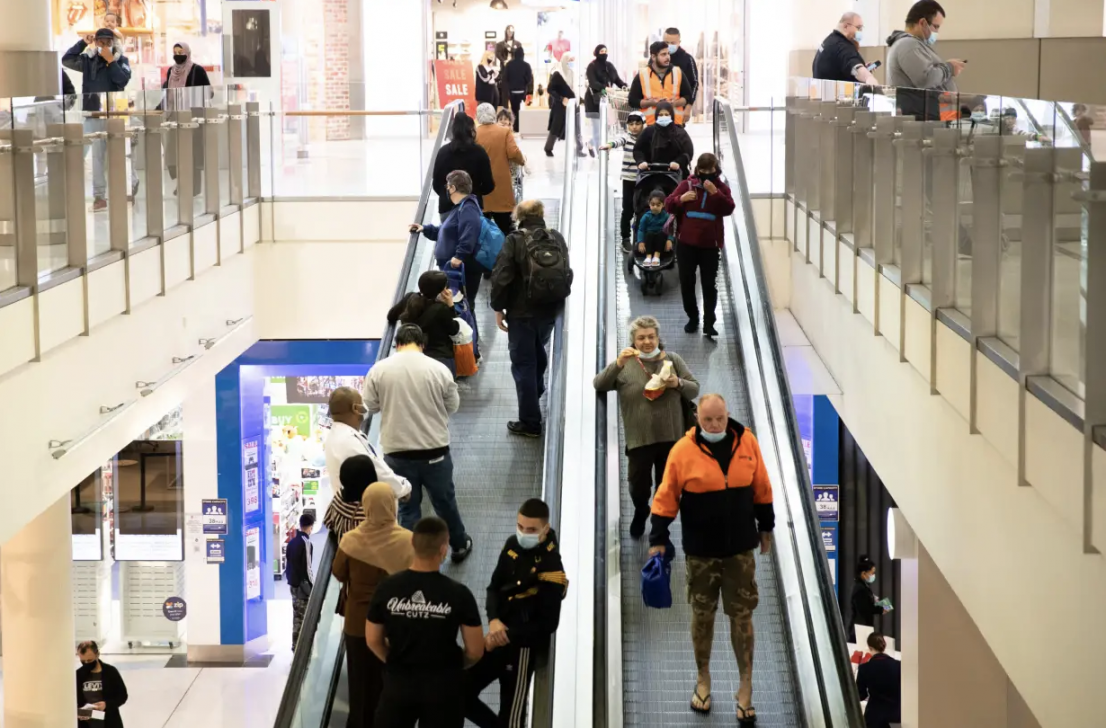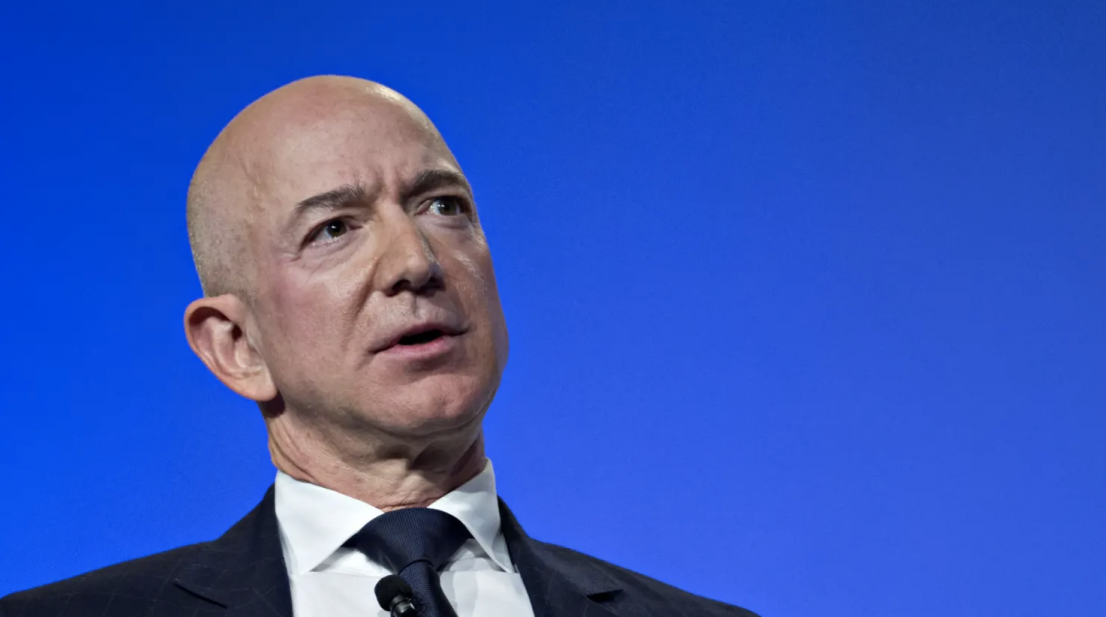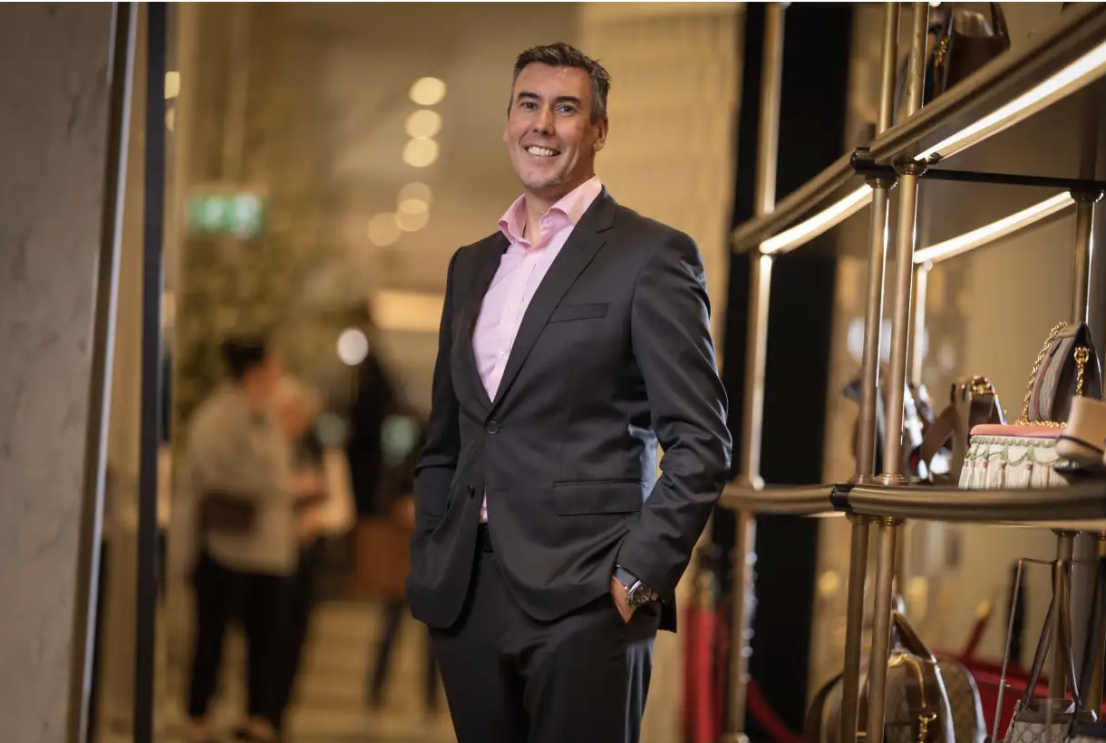
It’s not by chance that the only person actually named in the press release announcing the sale of iconic department store David Jones to private equity firm Anchorage Capital Partners was Scott Fyfe, who has led David Jones since October 2020 and will continue to run the business for its new owners.
While sources said Anchorage managing partners Beau Dixon and Simon Woodhouse have led the transaction for the private equity firm over a marathon 18 month process, the pair was not speaking publicly following the deal.
This was a deliberate choice to emphasise how central Fyfe is to Anchorage’s decision to pay South Africa’s Woolworths Holdings Limited a reported $100 million for David Jones.
In the eyes of Anchorage, Fyfe is one of three keys to the turnaround that Anchorage hopes to execute.
Fyfe, who arrived in Australia in 2017 to run Woolworths’ other big Australian investments, Country Road Group (which also owns the Mimco, Witchery, Politix and Trenery brands), is seen as having built good relationships with the Australian retail ecosystem of suppliers and supply chain partners.
The veteran Scottish retailer, who spent 20 years at iconic British retailer Marks & Spencer, is viewed by Anchorage as having delivered the first stages of a strong turnaround at David Jones in the last year or so, tweaking the group’s store portfolio, reducing costs and improving customer experience.
Fyfe’s growth plan, which is called Vision 2025 and seeks to make David Jones a more integrated omnichannel retailer, will largely remain in place. But what Anchorage will bring is capital and focus – this is the second plank of the turnaround strategy.
Woolworths has been an increasingly distant owner of David Jones, both geographically and with the level of resources it has been prepared to inject into the business.
David Jones has clearly been more of an annoyance to the Woolworths board than an asset.
But for Anchorage, the David Jones turnaround takes centre stage. Rather than an owner making decisions from Cape Town with limited knowledge of the store network outside David Jones’ flagship Sydney and Melbourne stores, Fyfe can now call on an owner who is focused on making quick decisions, knows the entire business, and has capital to invest.
That is no small change.
Granular approach
The Anchorage camp emphasises that it will not be taking dividends out of the business along the way – all profits and cost savings will be reinvested into Fyfe’s turnaround plan.
A focus of this investment will be improvements to David Jones’ broader store network, not just its flagship stores. Taking a more granular approach to getting the right mix of range, staff and customer experience across every floor of every store, will be a big part of this process.
A good example is at the Warringah Mall store in Sydney, where Fyfe and his property team were able to work with the centre’s landlord to improve the operations of the store itself and the mall more broadly.
Ironically, Anchorage was beneficiary of this through the Brand Collective retail business it sold last year; Brand Collective had one of its Shoes & Sox children’s footwear stores at the mall, and noticed a clear pick-up in foot traffic after David Jones invested in store improvements.
This model of working with partners such as landlords and concession holders in David Jones stores to help fund improvements will no doubt be an important part of the turnaround.
The retail industry is legendary for its ability to use other people’s money to fund their own businesses, be it through supplier rebates, promotional levies, or jointly funded redevelopment deals.
Mostly, such deals reflect the symbiotic relationship between retailers and landlords, and between retailers and brands – all parties need each other to prosper.
But as we saw when the Dick Smith retail business collapsed in 2016 – two years after Anchorage sold out – in part because it became too reliant on supplier rebates in its procurement, such relationships do need to be carefully managed.
The final plank of Anchorage’s David Jones turnaround is the brand’s heritage, which manifests in a large and loyal customer base and an unusually loyal pool of employees, who will be key to accelerating Fyfe’s turnaround plan.
Unique challenges
As private equity firm TPG found with its purchase and sale of Myer in 2009, owning and running an iconic retail chain brings its own unique pressures.
But the flip side of that coin is this is not some investment in a mid-sized industrial business that no one cares about – consumers will feel invested in Fyfe and Anchorage’s plans to improve customer experience, and integrate online and bricks and mortar channels in seamless ways.
Those customers – who are typically more well-heeled than your average consumer – may also be important in weathering any economic downturn next year.
Of course, history can be a burden too, and the track record of private equity in retail in Australia is hardly anything to get excited about.
As The Australian Financial Review’s retail guru Sue Mitchell pointed out recently, private equity-backed retailers that have collapsed or gone into voluntary administration in the last decade include Harris Scarfe, Seafolly, Tigerlily, Crumpler, Ginger & Smart, PAS Group, Colette by Colette Hayman, TM Lewin, Toys R Us, RedGroup and Dick Smith, which went under two years after Anchorage sold a controlling interest.
The counterpoint to that is Anchorage’s recent experience with Brand Collective, which Simon Woodhouse chaired. The firm was able to help the footwear retailer reset its business and then grow, with particular success in online sales, a category that was previously seen as an omnichannel laggard.
Anchorage held that business for seven years before it was sold to Larry Kestelman’s private family office last June.
While the COVID-19 pandemic did interrupt that sales process, the view from inside the Anchorage camp is that there is no deadline on an exit from David Jones. The firm sees this as a back-to-basics turnaround that will require time.
That’s sensible. Recent history says hunting quick wins in a business like David Jones – extracting outsized dividends, cutting costs too hard, failing to reinvest in a retail sector that is in constant flux – only creates pain down the track.
The reported terms of this transaction are evidence enough of that; Woolworths paid $2 billion for this business and will walk away with an estimated $500 million, the vast majority of which will come via a deal to sell the underlying property of David Jones’ Bourke Street store in Melbourne.
In the retail sector, building resilience and sustainable profitability is a slog. Anchorage’s capital will be crucial for David Jones, but its patience could be even more important.



